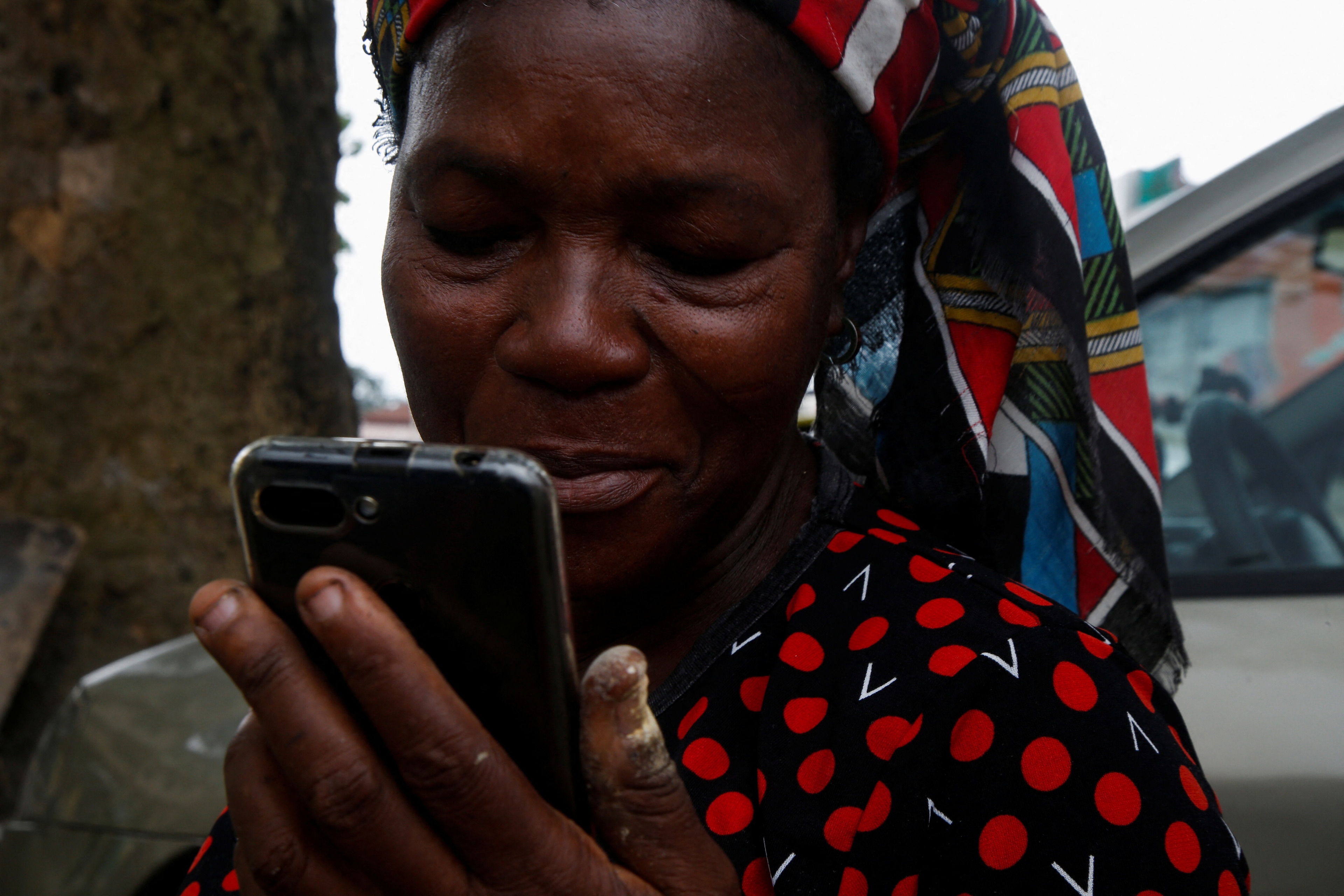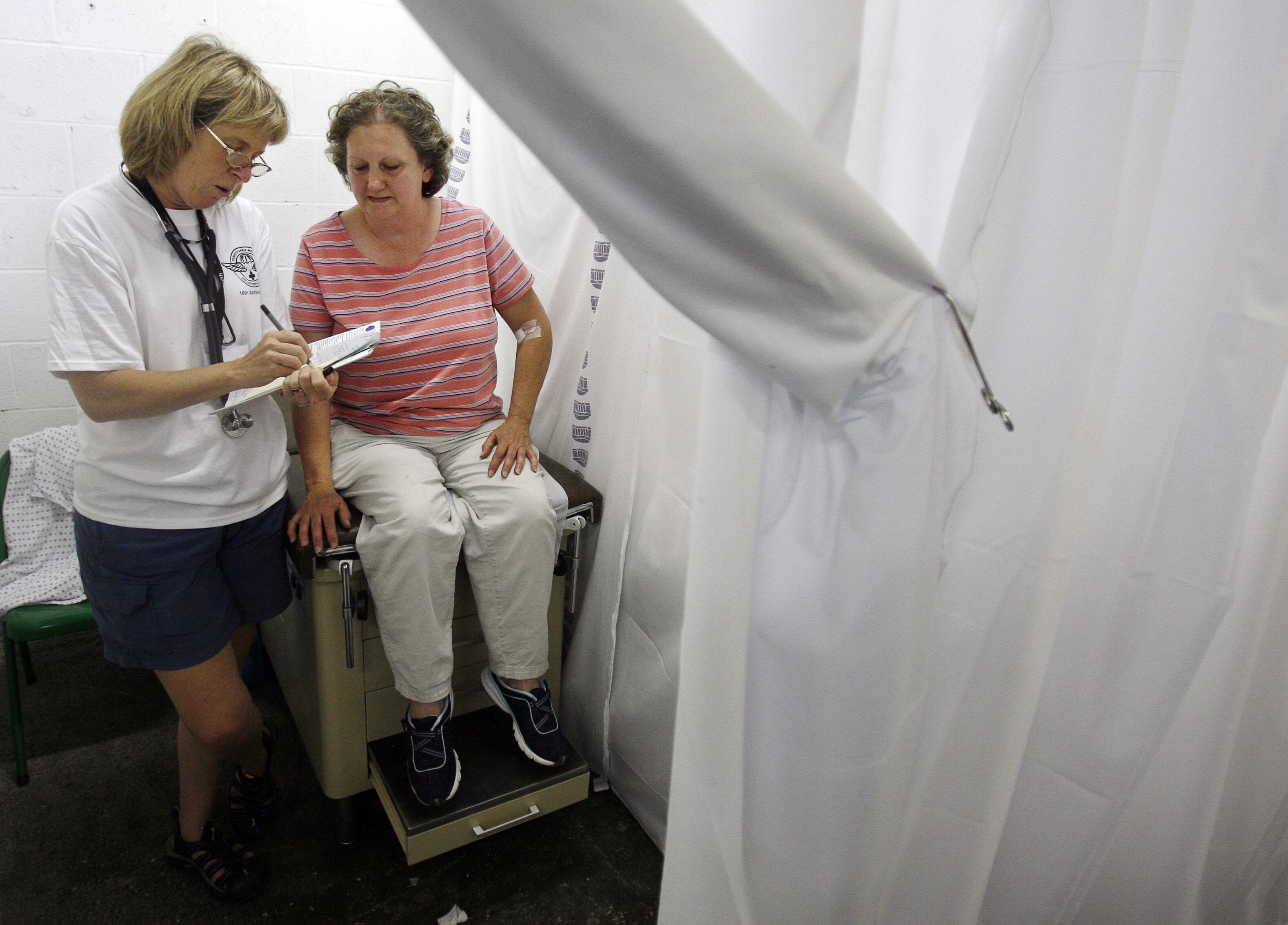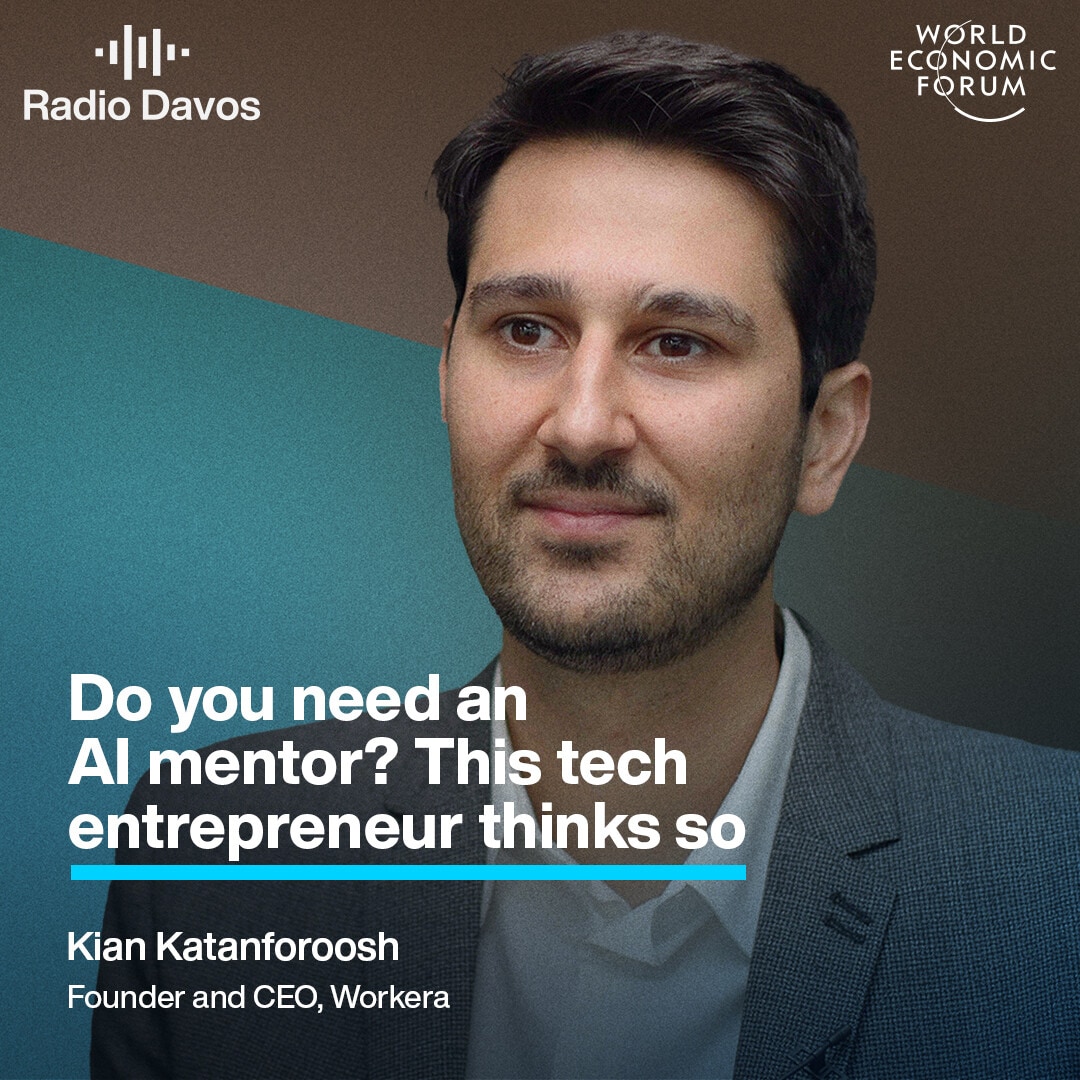Why the most valuable workforce data is voluntary – and how to get it

Organizations must rethink how they gather people data to earn employee trust.
Image: Getty Images/Cecilie_Arcurs
Stay up to date:
Artificial Intelligence
- Many companies track employees’ clicks, calendars and other online interactions to measure performance and gather information about employee activity.
- But more people are becoming aware of passive data mining and trying to protect the use of their information without consent.
- Data practices must earn people’s trust, which means moving from pure extraction to more cooperative, human and voluntary people data gathering.
Every organization wants better people data. This information about employee satisfaction and engagement is often used by organizations to assess and improve company culture. But how does the way we collect people data affect its ultimate value to the organization?
In the race to use artificial intelligence (AI), many organizations have defaulted to a familiar mindset around data: Collect everything and sort it out later. But most Americans are uneasy about how companies use their data and are resigned to feeling that they’ve lost control, according to a Pew Research Center survey. And nearly 68% of consumers globally say they are either somewhat or very concerned about their privacy online. These kinds of feelings are dangerous because trust evaporates when people feel watched rather than respected.
From quiet monitoring to inferred behaviour, the rise of passive data mining is triggering a backlash. Some people are setting their own boundaries by asking companies not to track their clicks, mine their Slack or email messages, or make their data part of the company’s algorithm without consent.
If we want people to trust AI systems – or the organizations building them – we need to start with data practices that earn that trust. That means moving from pure extraction to something more cooperative, human and voluntary.
What makes the best data?
Not all data is created equal. Getting the best data means interrogating not just what data we collect, but how it enters the system and with what intent.
Deloitte’s five Ps of ethical data handling offers a guide for what good data looks like: traceable, purpose-driven, privacy-respecting, well-protected and thoughtfully prepared. And regulators are taking note as legislation like the EU AI Act and the California Privacy Rights Act also call for more consent and transparency in data collection.
But compliance is just the start. These principles must also be grounded in human context. Behind every datapoint is a person navigating power and comfort. Volunteered data that’s freely and knowingly shared (also known as zero-party data) is fundamentally different from data that’s inferred, scraped or resulting from assumed consent.
Why most people data falls short
Organizations are hardly starved for people data, but once they apply these ethical and practical standards, much of that data is clearly problematic if used on its own.
For example, employee engagement surveys are often anonymous and compelled from above. Performance reviews, while well-intentioned, also tend to be top-down and biased, lagging indicators of contribution. Monitoring tools like keystroke logging and behavioural tracking offer the illusion of control but rarely generate insight – more often, they produce “surveillance theatre” as people adjust their behaviour to avoid scrutiny, not to reflect reality.
Even promising approaches like organizational network analysis rely on digital exhaust – data such as email volume or calendar metadata, which is generated as a byproduct of online activity – that’s rarely volunteered and often introduces bias.
The most human data signal we have
One data source, however, gets us much closer to a source of truth.
Recognition data is not extracted or inferred, it’s offered. When someone takes a moment to publicly acknowledge a colleague’s contribution, it’s voluntary and intentional. It tells us something no other system can: Who is making a difference, in real time, in the eyes of their coworkers.
That alone changes the equation. Most data about people comes from above or is gathered behind the scenes. But recognition comes from peers who notice, who care and who are trusted. Employees are 2.5 times more likely to trust their coworkers than their CEO, according to Edelman’s Trust Barometer. When people believe the source, they believe the story.
And recognition data meets every aspect of Deloitte’s five Ps ethical checklist:
- Provenance is clear: You know exactly who’s sharing the signal
- Purpose is aligned: Recognition exists to celebrate, to uplift and to reinforce shared values
- Privacy and protection are explicit: These messages are intended to be shared in a social, visible forum, not gathered in the dark
- Preparation can be baked in: Advisory software can help givers structure their messages to provide more information and connect the praise to actual behaviour that can be recognised by both people and AI – “Great work on directing the conversation towards goals” is more informative than “Great work, you rock”, for example.
Recognition is also a form of coveted zero-party data. While people may not explicitly say: “Use this recognition in your performance analytics”, there is still a meaningful difference between data that is offered and data that is taken.
Recognition is shared intentionally, often in a social, visible forum and with the intent of shouting out about great performance. This makes it a powerful example of implicit consent. People choose to share these signals, in their own words and in their own voice. This makes recognition data both more human and more ethically sound than passively collected alternatives.
Critically, the intent behind recognition is almost always positive – to celebrate, to encourage, to thank. That makes it one of the few data types where human intention and organizational use are naturally in sync because both are focused on surfacing and celebrating great work.
Organizations can combine recognition with other signals, such as engagement, skills or performance, to raise the ethical and analytical bar across their people analytics stack. But recognition still stands apart as a uniquely human, uniquely trustworthy signal.
Accept our marketing cookies to access this content.
These cookies are currently disabled in your browser.
Build on the signals people want to share
The ethics behind data now matter as much as the insight it provides. If we want better answers, we need better inputs. If we want trust, we have to use data that deserves it.
The future of people analytics won’t be built on clicks or calendar metadata. It will be built on the signals people offer freely because they want to be seen and they trust the system that sees them.
That makes recognition a model worth following. Not because it’s soft, but because it’s solid. Not because it makes people feel good, but because it makes organizations smarter.
Stop mining people. Start listening to them.
Don't miss any update on this topic
Create a free account and access your personalized content collection with our latest publications and analyses.
License and Republishing
World Economic Forum articles may be republished in accordance with the Creative Commons Attribution-NonCommercial-NoDerivatives 4.0 International Public License, and in accordance with our Terms of Use.
The views expressed in this article are those of the author alone and not the World Economic Forum.
Forum Stories newsletter
Bringing you weekly curated insights and analysis on the global issues that matter.
More on Emerging TechnologiesSee all
Amged B Shwehdy
September 18, 2025
Nina Rawal and Dorothy Chou
September 18, 2025
Jeremy Jurgens
September 17, 2025
Vilas Dhar
September 17, 2025
Dante Disparte
September 17, 2025





